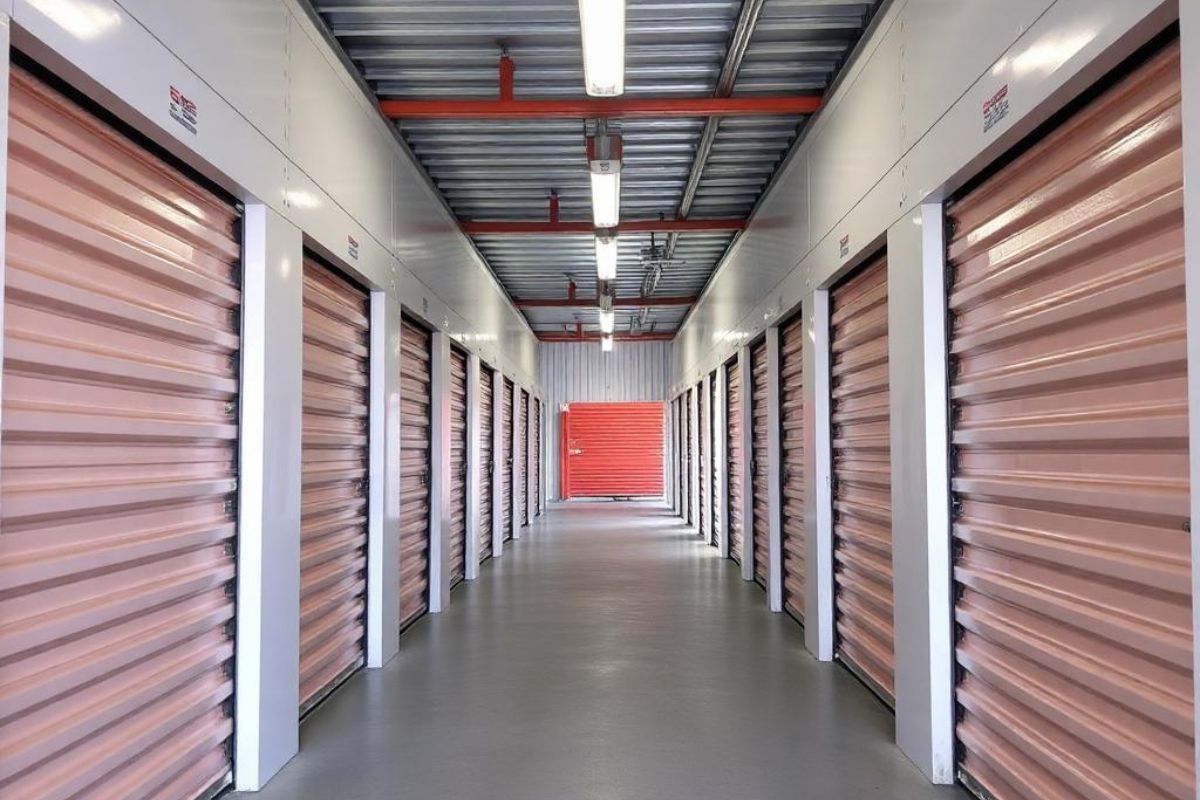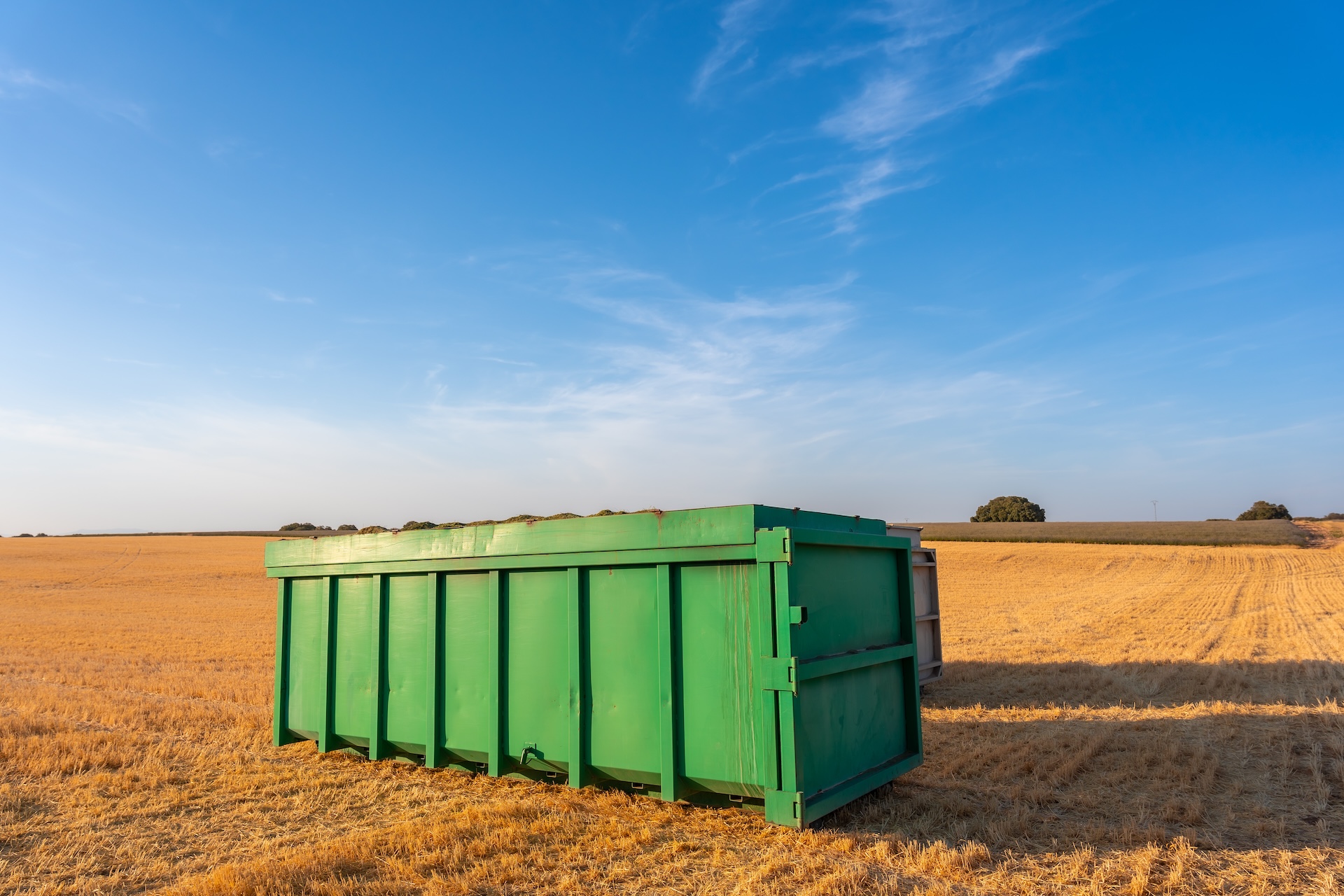Water Damage 101: Prevention, Detection & Restoration
.jpg)
Water damage might not be the flashiest problem a homeowner can face—but it’s one of the most expensive and disruptive. Whether it’s a leaky pipe, heavy rainfall, or an appliance failure, water has a way of sneaking in and creating chaos. And once it does, the clock starts ticking. The longer you wait, the worse it gets.
According to the Insurance Information Institute, water damage accounts for nearly 23% of all homeowner property losses annually, totaling billions in insurance claims every year. It’s not always dramatic flooding—sometimes it’s slow, unnoticed drips that cause the most long-term harm.
Here’s a practical breakdown of how to prevent, detect, and manage water damage so it doesn’t catch you off guard.
How to Prevent Water Damage Before It Starts
The best way to deal with water damage is to stop it before it ever happens. While not everything is preventable (you can’t stop a storm), many causes of water damage are avoidable with basic home maintenance.
Here’s what proactive homeowners should focus on:
- Inspect your roof twice a year for loose shingles, soft spots, or clogged gutters
- Clean out gutters and downspouts regularly so water drains away from your home
- Check plumbing under sinks for slow leaks or signs of corrosion
- Test your sump pump yearly—especially before the rainy season
- Seal windows and doors to prevent water intrusion during storms
- Know where your water shutoff valve is—and test it to make sure it works
Taking care of small issues now can save you from much bigger headaches down the road.
Spotting the Signs of Hidden Water Damage
Sometimes water damage happens in slow motion. A small leak behind a wall or under a floor might not show up until there’s a stain—or a smell. Knowing how to spot early warning signs can help you jump into action before mold and structural damage set in.

Common red flags:
- Peeling paint or bubbling drywall
- Musty or damp smells, especially in basements
- Warped wood floors or baseboards
- Sudden spikes in your water bill
- Cracking or shifting in foundation walls
- Water stains on ceilings, especially below bathrooms or laundry areas
Keep a monthly checklist for walking through the house and visually inspecting problem-prone areas.
Smart Tools That Help Detect Issues Early
In the era of smart homes, there’s no reason to wait until damage is visible. Simple tech tools can alert you to a problem the moment it starts.
Helpful gadgets to invest in:
- Smart water leak detectors – Placed near washing machines, water heaters, or under sinks
- Water alarms – Emit a loud sound when moisture is detected
- Smart shut-off valves – Automatically stop water flow when a leak is detected
- Humidity sensors – Help monitor moisture levels in basements and crawl spaces
- Temperature sensors – Alert you when pipes are at risk of freezing, preventing bursts
Some smart detectors integrate directly with mobile apps, allowing you to receive instant alerts even if you're away from home. Others pair with home automation systems like Alexa or Google Home for additional control and insights.
Investing in a combination of these tools is a small price compared to the potential cost of repairing extensive water damage.

What to Do When Water Damage Happens
Even with your best efforts, things can go wrong. Pipes burst. Roofs fail. Appliances break. When that happens, quick action is everything.
Here’s your emergency checklist:
- Stop the source – Shut off the water main if necessary
- Turn off electricity in affected areas to prevent hazards
- Move valuables and furniture out of the water’s path
- Document the damage with photos and video for insurance
- Contact your insurance provider to begin the claims process
- Call a water damage restoration professional immediately to start cleanup and drying
Professional teams have industrial-grade equipment and the experience to handle drying, dehumidifying, and restoration safely and efficiently. Waiting even 24 hours can make a big difference in how much has to be torn out and replaced.
Why Professional Restoration Matters
DIY cleanups might work for small spills, but when it comes to significant water damage, hiring experts is crucial. Water can seep into walls, flooring, and insulation quickly—places the average homeowner can't fully dry without specialized tools.
Professional restoration teams:
- Use industrial dehumidifiers and high-capacity air movers
- Conduct moisture mapping to find hidden wet spots
- Apply antimicrobial treatments to prevent mold
- Handle safe removal of damaged building materials
- Work directly with insurance companies to streamline claims
Without professional intervention, hidden moisture can lead to long-term structural issues and serious mold infestations, even if surfaces appear dry on the outside.
Don’t Forget About Mold

Mold is the silent threat that follows almost every case of water damage. It starts growing within 24–48 hours and can cause serious health problems—especially for those with allergies or respiratory issues.
Mold spores are microscopic and can easily become airborne during cleanup efforts, leading to contamination of unaffected areas. That's why containment measures, like sealing off rooms and using air scrubbers, are vital when tackling serious mold issues after water damage.
Preventing mold means acting fast, fully drying all affected areas, and removing anything that can’t be salvaged (like soaked insulation or carpeting). Restoration pros often use moisture meters and infrared cameras to find hidden wet spots that can’t be seen with the naked eye.
To avoid mold complications:
- Don’t try to DIY large-scale drying jobs
- Use air movers and dehumidifiers to speed up drying
- Throw away anything that’s been soaked and can’t be cleaned
- Consider a post-restoration air quality test, especially if the damage was extensive
Final Thoughts
Water damage isn’t always dramatic—but it’s almost always disruptive. From minor leaks to major floods, how you respond makes all the difference. Taking preventive steps, staying alert to the signs, and working with trusted water damage restoration professionals can help you protect your home and your peace of mind.
Investing a little time and money upfront to safeguard your home can make a huge difference in the long run. Think of it as insurance against the kinds of surprises no homeowner wants to face.
Because when it comes to water, it’s not just what you see—it’s what it leaves behind. And dealing with it early can save more than just your floors. It can save you time, money, and a whole lot of stress.









